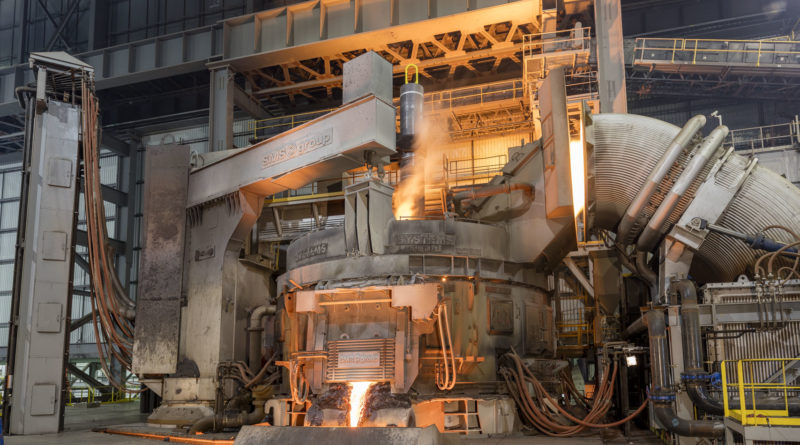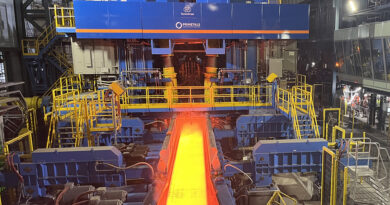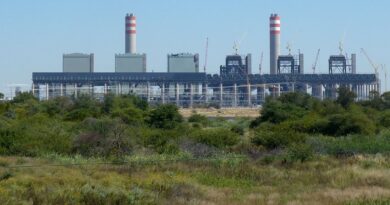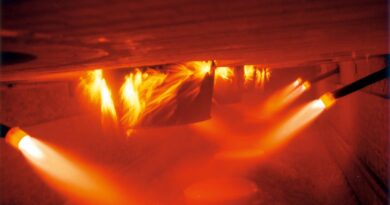SMS: The steel-making minimill story
The introduction of the minimill concept in the late 1960s marked a revolutionary shift in the steel industry, offering a more flexible, efficient, and sustainable alternative to traditional integrated steel mills. What are the advantages of the concept? What were the key drivers? And most importantly, what does the future of the minimill look like? Join us as we dive into the past, the present, and the future.
A minimill is defined as a type of steel complex that produces steel from scrap metal using electric arc furnaces (EAF) and processes the steel in a combined casting and rolling process to create a finished product.
The development of the minimill technology was inspired by both German and American entrepreneurs and engineers. In 1961, the German Willy Korf started construction of a first rolling mill at Badische Stahlwerke to produce the material for his welded wire mesh plant.
Confronted with obstacles in expanding his business, he decided to set up his own electric steelmaking facility. The meltshop’s Demag continuous caster with in-line reduction enabled the mill to manufacture billets of varying sizes.
In 1969, Korf exported the minimill idea to the US and built a plant in South Carolina, boasting three 60 t electric furnaces, two casters, and a wire rod mill with an annual capacity of 500,000 t.
At the same time, Nucor developed its own minimill concept. Dissatisfied with the prices of construction steel used in the production of steel joists, Nucor built its first minimill in South Carolina with an annual production capacity of just 200,000 t.
This new concept brought significant momentum to the long products market. Using scrap as raw material, manufacturers were able to establish themselves outside the traditional steelmaking regions, closer to their customers, leading to a gradual shift in the American steel industry from north to south over the past five decades.
Today, 71% of US steel production comes from about 100 minimills operated by 50 different companies.




